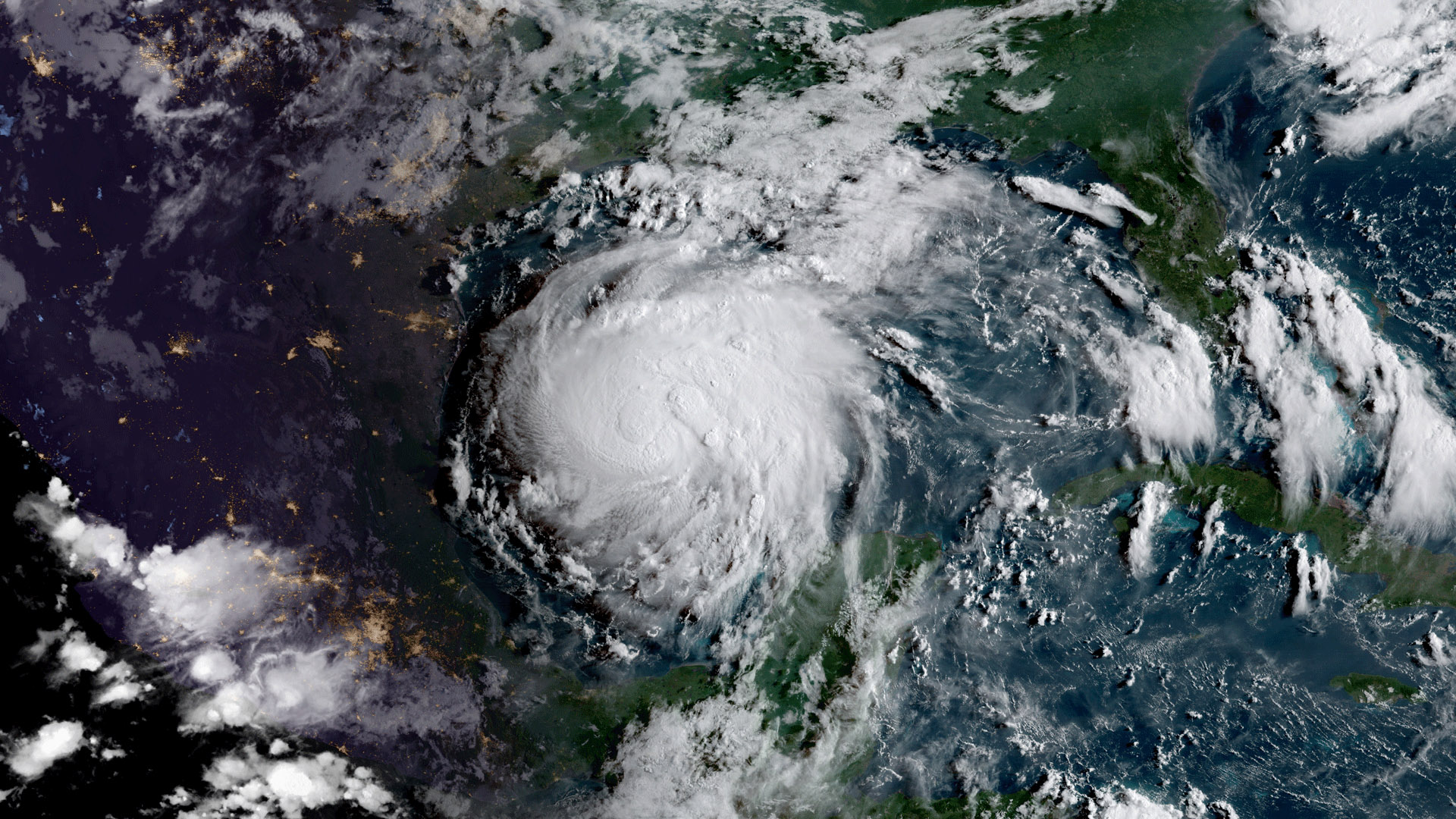


Note: Below is the script for the video, above. You may want to just watch the video instead. While we have you, why don’t you subscribe to Popular Science on YouTube?
With all these major storms, have you ever wondered “Is there any way to slow them down?”
Just imagine if Harvey, Irma, Jose, Katia, Lee, and Maria hadn’t been so powerful…
Well, Stephen Salter is working on a plan. It’s crazy, but if hurricanes are fueled by warm water, what if we could cool down the ocean…or even the world?
Salter thinks we can—by making clouds brighter using the sea itself. It’s called “Marine Cloud Brightening,” or “MCB,” and was originally thought up by climate physicist John Latham.
Here’s how MCB could work:
Wind-powered, unmanned vessels spray very fine droplets of seawater into the air. As they evaporate, salt crystals are dispersed throughout the atmosphere via turbulence.
The humidity of the atmosphere causes the salt to latch on to existing clouds, making the clouds ever-so-slightly brighter.
You won’t be able to see a difference—the threshold is below what the human eye can see. But this increased brightness reflects more of the sun’s rays back into space, thereby lowering surface temperatures of the sea.
This theory is possible thanks to the Twomey effect.
The Twomey effect states that if there are two clouds with the same amount of water vapor, the one made up of more, smaller particles will have a higher albedo.
Hurricanes form by sucking in moisture from the ocean, as well as taking in air. As surface temperatures increase, seawater evaporates more easily and feeds the storm faster. This also causes the air to heat up, making the hurricane even stronger.
Salter has calculated the minimum temperature that hurricanes need to form: 78.8 degrees Fahrenheit. If the ocean’s surface can be cooled below that point, tropical storms theoretically won’t form.
But Salter doesn’t want to lower temperatures enough to eliminate tropical storms, since they can provide “useful rain.” In fact, he doesn’t want more than a temperature drop of 3°F.
We have to be able to properly filter the water. There’s a lot of pollution and plastic in the sea that we don’t want getting in our atmosphere and the air we breathe.
Marine Cloud Brightening could potentially mess with weather patterns that rely on ocean surface temperatures.
This plan will require further input from experts, and a lot of money. Salter estimates a fleet of ten ships will cost somewhere between 40 million and 40 billion dollars.
It’s a staggering investment—and no one is sure of the actual cost since it’s all hypothetical. But if these machines actually work, and can mitigate multiple storms, they could pay for themselves in saved infrastructure, property, and lives.
For more, check out the video, above. You can also subscribe to Popular Science on YouTube.